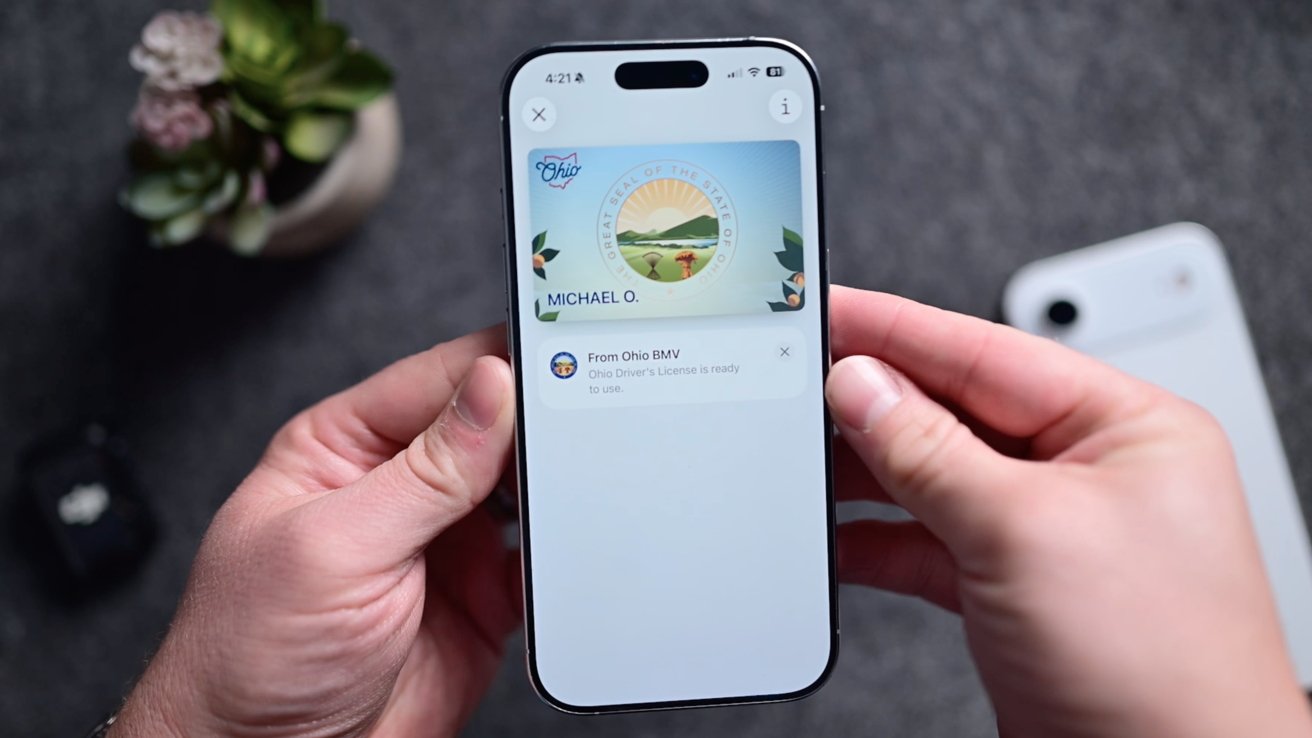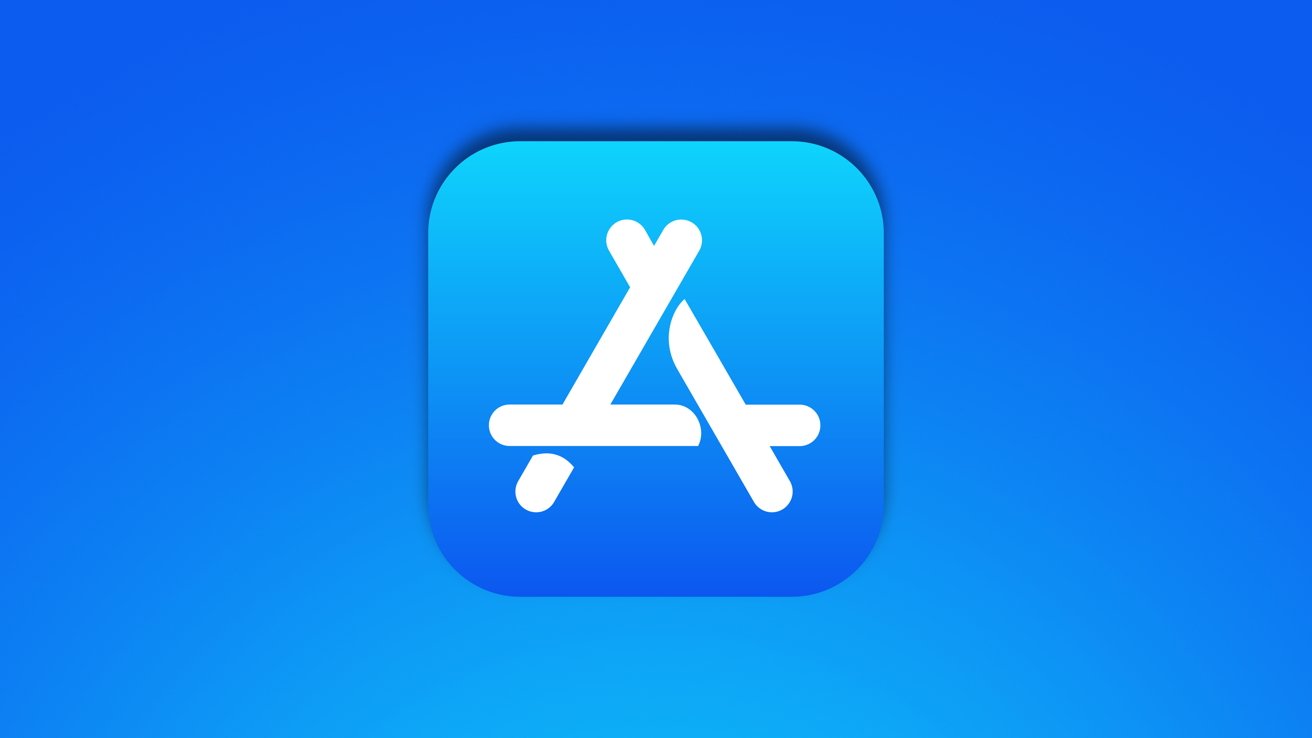The evolution of digital technology has paved the way for a more streamlined and efficient approach to personal identification. Apple Wallet now offers users the capability to store digital versions of their driver’s licenses and state IDs, marking a significant step toward reducing reliance on physical documents. This guide provides an in-depth look at adding digital IDs to Apple Wallet, their current availability across states, practical applications, and the privacy measures in place.
Adding Your ID to Apple Wallet
Incorporating your driver’s license or state ID into Apple Wallet is a straightforward process:
1. Open the Wallet App: Launch the Wallet app on your iPhone.
2. Initiate the Addition: Tap the + icon located in the top-right corner.
3. Select ID Type: Choose Driver’s License or State ID from the available options.
4. Follow Verification Steps: The app will guide you through a series of steps to verify your identity. This includes scanning both sides of your physical ID and capturing a series of selfies to match your appearance with the photo on your ID.
It’s important to note that each digital ID can be associated with only one device at a time. If you’re transitioning to a new iPhone, ensure that your previous device is erased and removed from your Apple ID account to facilitate a smooth transfer.
States Supporting Digital IDs
The adoption of digital IDs in Apple Wallet varies by state, as each state manages its own implementation. As of October 2025, the following states and territories support this feature:
– Arizona
– California
– Colorado
– Georgia
– Hawaii
– Iowa
– Maryland
– Montana
– New Mexico
– Ohio
– Puerto Rico
– West Virginia
Several other states, including Illinois, have announced plans to implement digital IDs by the end of 2025. To stay updated on the latest developments, regularly check official state resources or Apple’s announcements.
Utilizing Digital IDs in Apple Wallet
While the concept of digital IDs is promising, their practical use is currently limited. The most common application is at Transportation Security Administration (TSA) checkpoints in select airports. For instance, residents in states like Ohio have successfully used their digital IDs at major airports, including John Glenn Columbus International Airport and Cleveland Hopkins International Airport.
However, outside of TSA checkpoints, acceptance of digital IDs remains sparse. Establishments such as bars, liquor stores, and medical offices often require physical IDs. Additionally, most law enforcement agencies have yet to adopt digital ID verification systems, necessitating the continued carrying of physical identification.
Some states are proactively working to expand the utility of digital IDs. For example, the Ohio Bureau of Motor Vehicles offers a free iOS verification app that businesses can use to authenticate digital IDs. Despite this initiative, adoption among businesses has been limited, with many still relying on traditional methods of ID verification.
Digital IDs in Applications
Beyond physical interactions, digital IDs hold potential for use within applications. Apple has indicated that apps like Clear, MyChart, and UberEats are expected to integrate support for digital IDs, allowing for streamlined age and identity verification processes. As of October 2025, these integrations are anticipated but not yet widely implemented.
Looking ahead, Apple plans to expand the functionality of Apple Wallet by including support for passports, further enhancing the convenience and utility of digital identification.
Privacy and Security Considerations
A significant advantage of digital IDs is the enhanced privacy they offer. When presenting a digital ID, users have control over the specific information shared. For instance, if only age verification is required, other personal details remain confidential.
The process involves the following steps:
1. Information Request: When an entity requests your ID, a prompt appears on your device detailing the specific information being requested.
2. User Authorization: You must authenticate the request using Face ID or Touch ID, ensuring that only you can approve the sharing of your information.
3. Secure Transmission: The approved information is encrypted and transmitted directly to the requesting party, without being stored on their device.
This method ensures that your personal information is shared securely and only when necessary, aligning with Apple’s commitment to user privacy.
Conclusion
The integration of digital IDs into Apple Wallet represents a significant advancement in personal identification, offering convenience and enhanced privacy. However, the widespread adoption and acceptance of digital IDs are still in progress. Users are advised to stay informed about their state’s support for digital IDs and to continue carrying physical identification for situations where digital IDs are not yet accepted.



